Fast food is a staple of modern life, offering convenience and a quick bite on the go. But beyond the golden arches and drive-thru windows lies a rich and fascinating history that dates back centuries. If you dig a little deeper, you will find that the story of fast food is full of surprising twists and turns. Here are some intriguing things you didn’t know about the history of fast food.
Contents
- 1 The First Fast Food Chain
- 2 The Invention of the Drive-Thru
- 3 Fast Food and the Military
- 4 The Birth of the Happy Meal
- 5 The Introduction of the Drive-Thru Window
- 6 Fast Food in Space
- 7 The Influence of Fast Food on Pop Culture
- 8 The Creation of Chicken Nuggets
- 9 The World’s Largest Fast Food Chain
- 10 Fast Food and Technology
- 11 The First Value Menu
- 12 The Global Expansion
- 13 The Rise of Fast Casual
- 14 More From RetailShout
- 15 12 Creative Projects You Can Make Using Food Coloring
- 16 12 Affordable Costco Finds You Didn’t Know You Needed (All Under $20)
The First Fast Food Chain
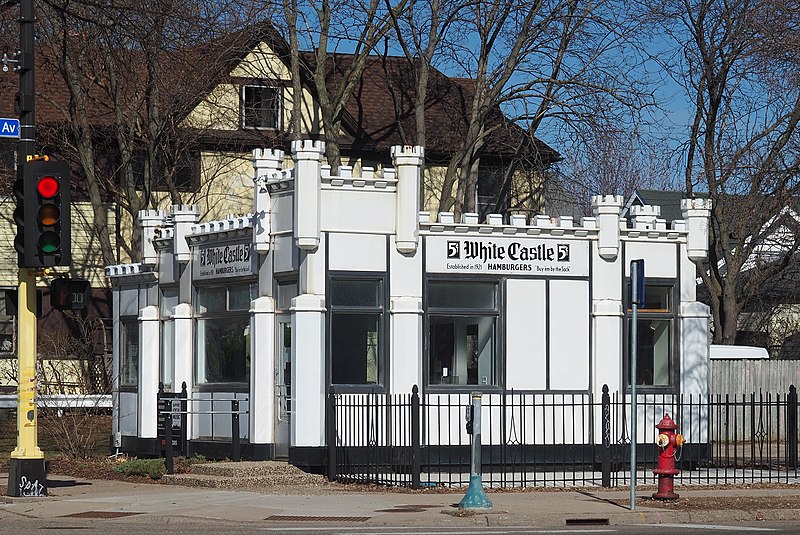
White Castle, founded in 1921 in Wichita, Kansas, is often credited as the first fast food chain. It revolutionized the industry with its clean, standardized restaurants and affordable hamburgers. The founders, Billy Ingram and Walter Anderson, used a science-based approach to ensure quality and consistency, setting a model for future chains.
The Invention of the Drive-Thru
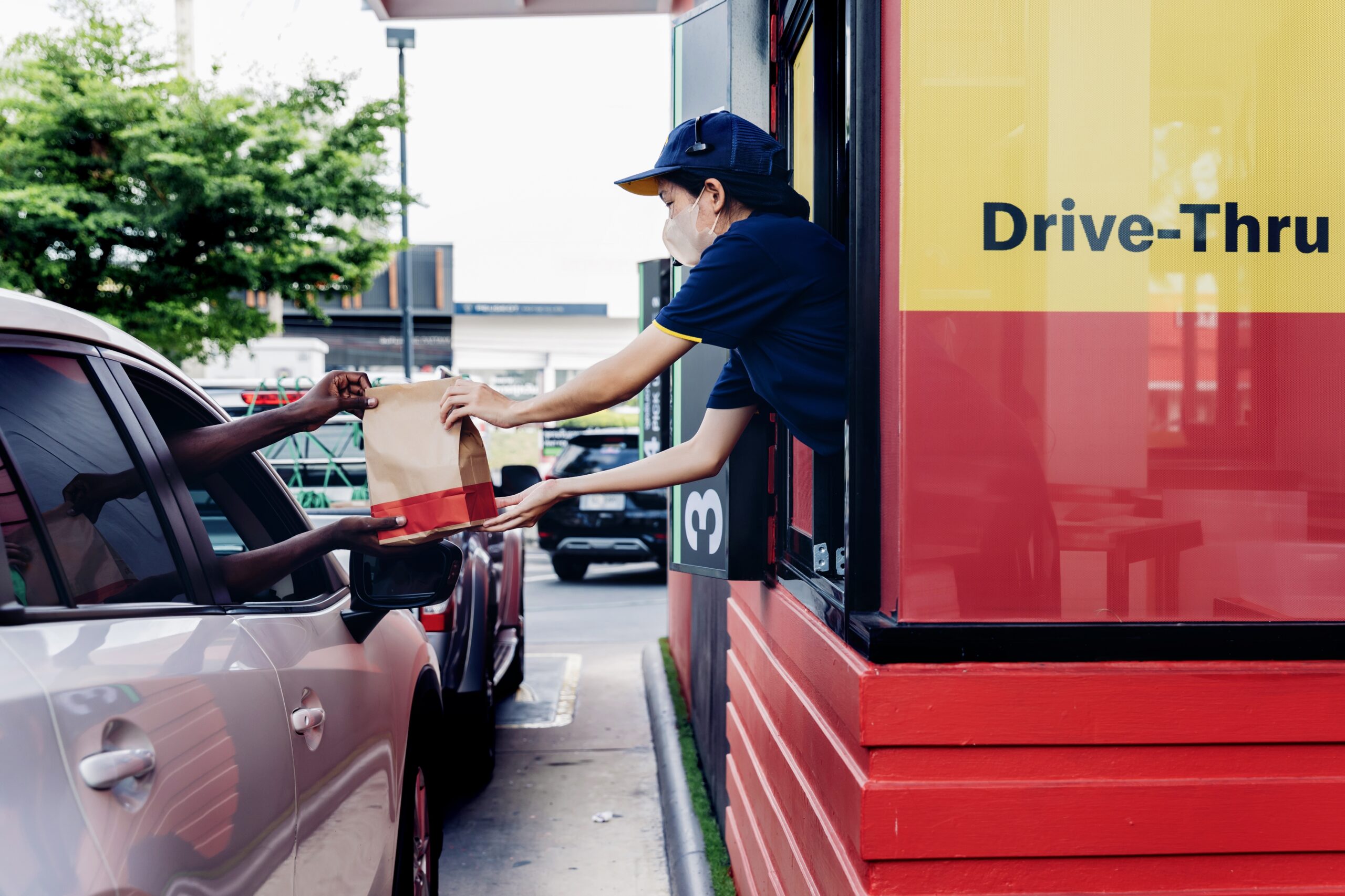
Red’s Giant Hamburg in Springfield, Missouri, is believed to have pioneered the first drive-thru service in 1947. This innovation allowed customers to order and receive their food without leaving their cars. The convenience of drive-thru service quickly became popular, especially among families and commuters.
Fast Food and the Military
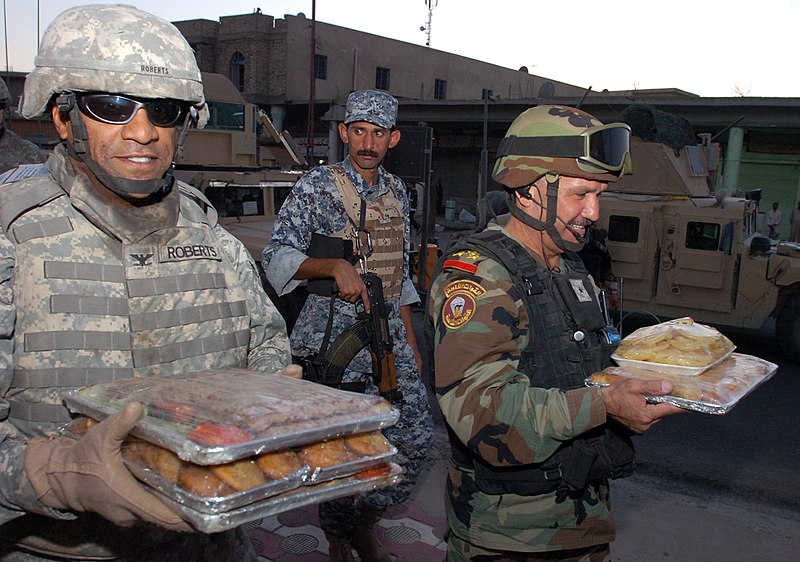
During World War II, fast food restaurants adapted to serve soldiers and factory workers. This period saw the introduction of portable and easy-to-eat meals, catering to those with limited time for breaks. The need for quick, nutritious meals during wartime helped shape the fast food industry’s focus on speed and efficiency.
The Birth of the Happy Meal
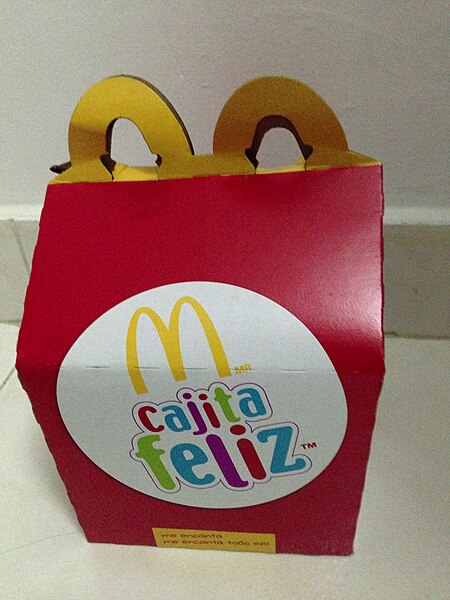
McDonald’s introduced the Happy Meal in 1979, revolutionizing the way fast food chains targeted children. The combination of food and toys became an instant hit and a staple in the fast food industry. This marketing strategy not only boosted sales but also created a loyal customer base from a young age.
The Introduction of the Drive-Thru Window

The first modern drive-thru window was installed by Wendy’s in 1970. This innovation streamlined service and became a standard feature in fast food restaurants worldwide. Drive-thrus not only increased convenience for customers but also boosted sales during peak hours.
Fast Food in Space
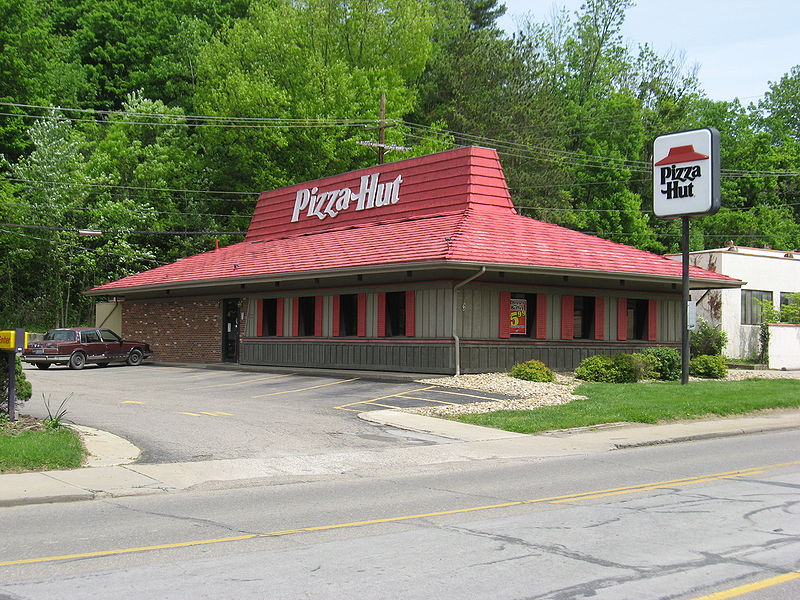
In 1989, Pizza Hut became the first fast food company to deliver to space. They sent a pizza to the International Space Station, marking a unique milestone in the industry. This event highlighted the global reach and cultural impact of fast food, even beyond Earth’s boundaries.
The Influence of Fast Food on Pop Culture
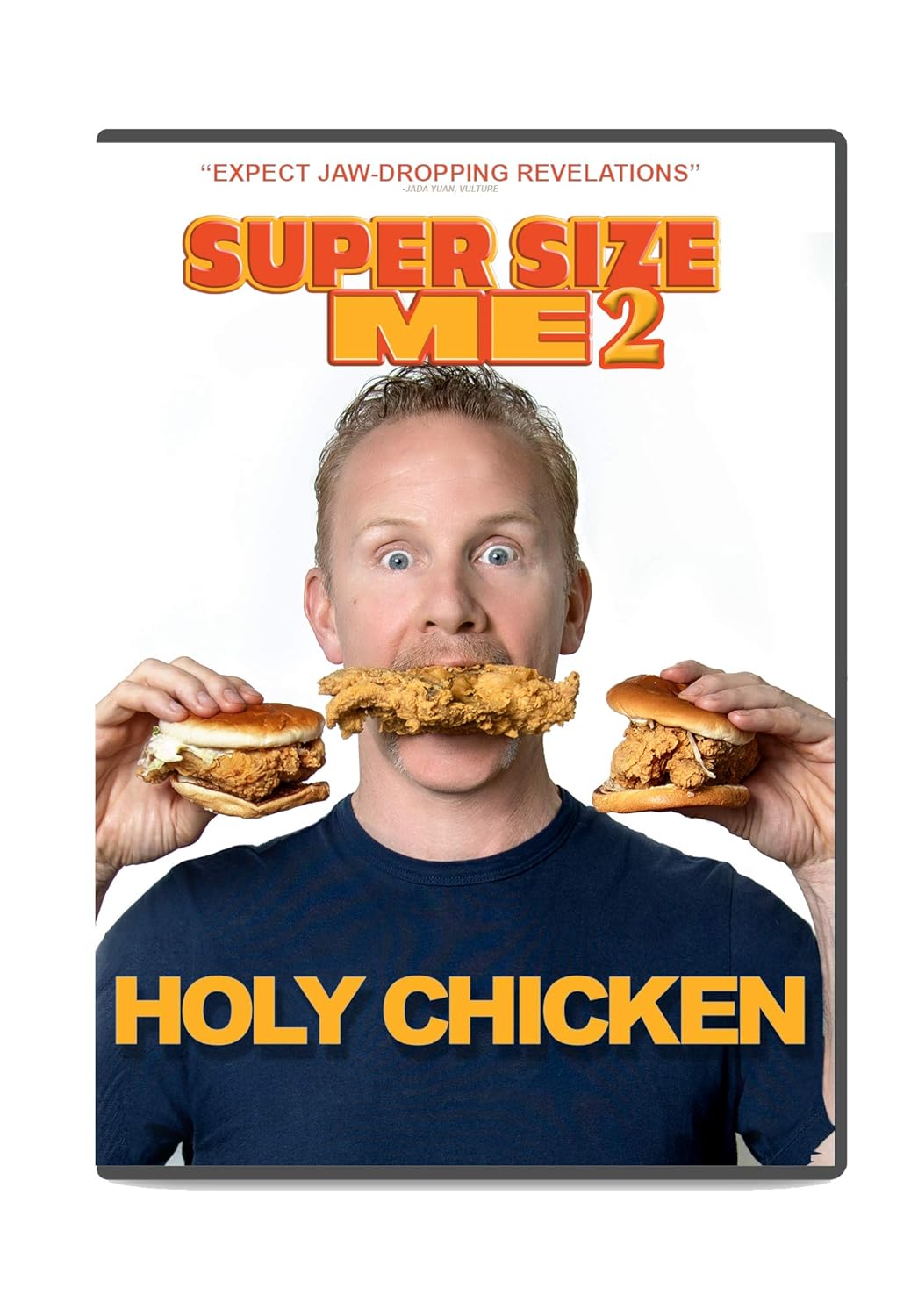
Fast food has significantly influenced pop culture since the mid-20th century. Iconic fast food items like the Big Mac and KFC’s bucket of chicken have become cultural symbols, often featured in movies, TV shows, and music. Advertisements featuring memorable jingles and mascots, like Ronald McDonald and Burger King, have cemented fast food’s place in the collective consciousness. This pervasive presence reflects the integral role fast food plays in everyday life and its lasting impact on global culture.
The Creation of Chicken Nuggets
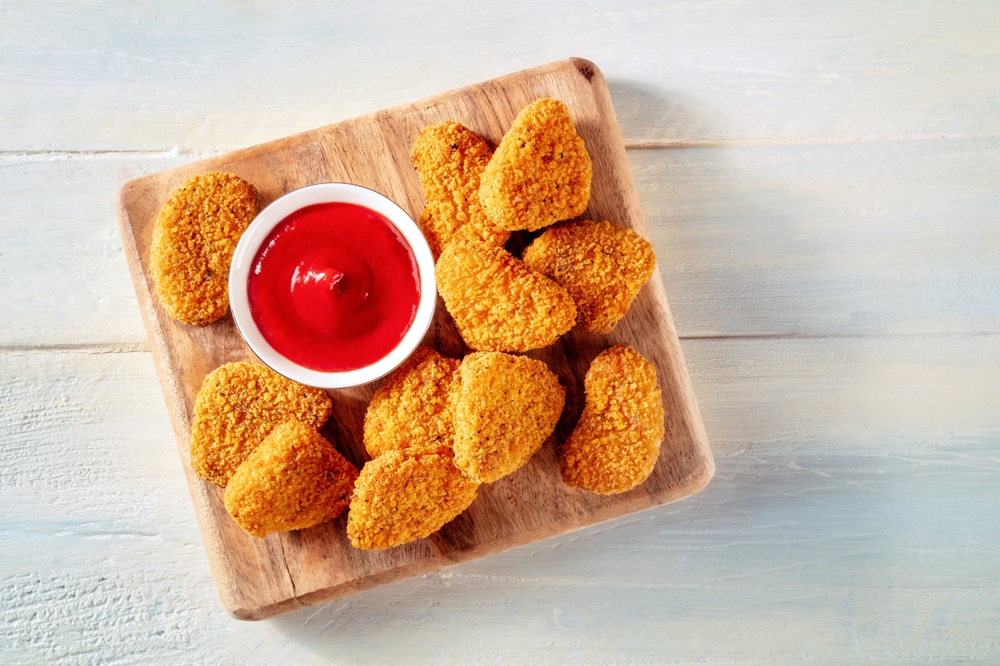
McDonald’s introduced Chicken McNuggets in 1983, popularizing bite-sized chicken pieces. This menu item quickly became a favorite and spurred other chains to create their own versions. The success of Chicken McNuggets demonstrated the fast food industry’s ability to innovate and cater to changing consumer preferences.
The World’s Largest Fast Food Chain
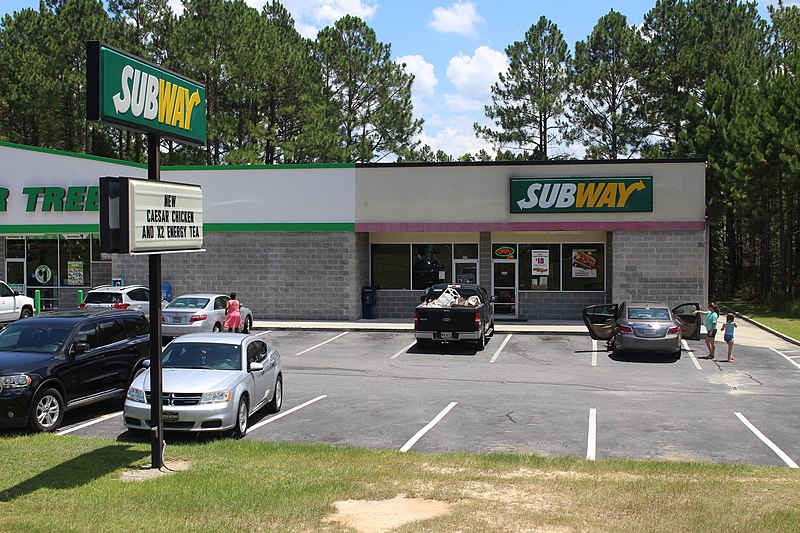
Subway, with over 40,000 locations worldwide, is the largest fast food chain by the number of locations. It surpassed McDonald’s in 2010, emphasizing the global appeal of quick, customizable sandwiches. Subway’s emphasis on fresh ingredients and healthier options attracted a diverse customer base.
Fast Food and Technology
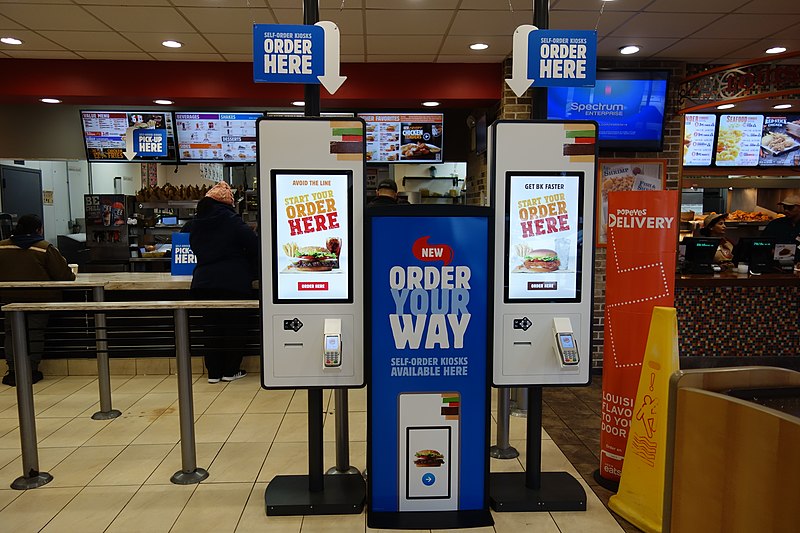
The integration of technology into fast food service began in the 1980s with computerized point-of-sale (POS) systems, which streamlined ordering and improved accuracy. In the 1990s, self-service kiosks emerged, allowing customers to place orders independently. The 2000s saw the rise of mobile apps and online ordering, enhancing convenience further. Today, innovations like automated kitchens, AI-driven customer service, and drone deliveries continue to transform the fast food industry.
The First Value Menu
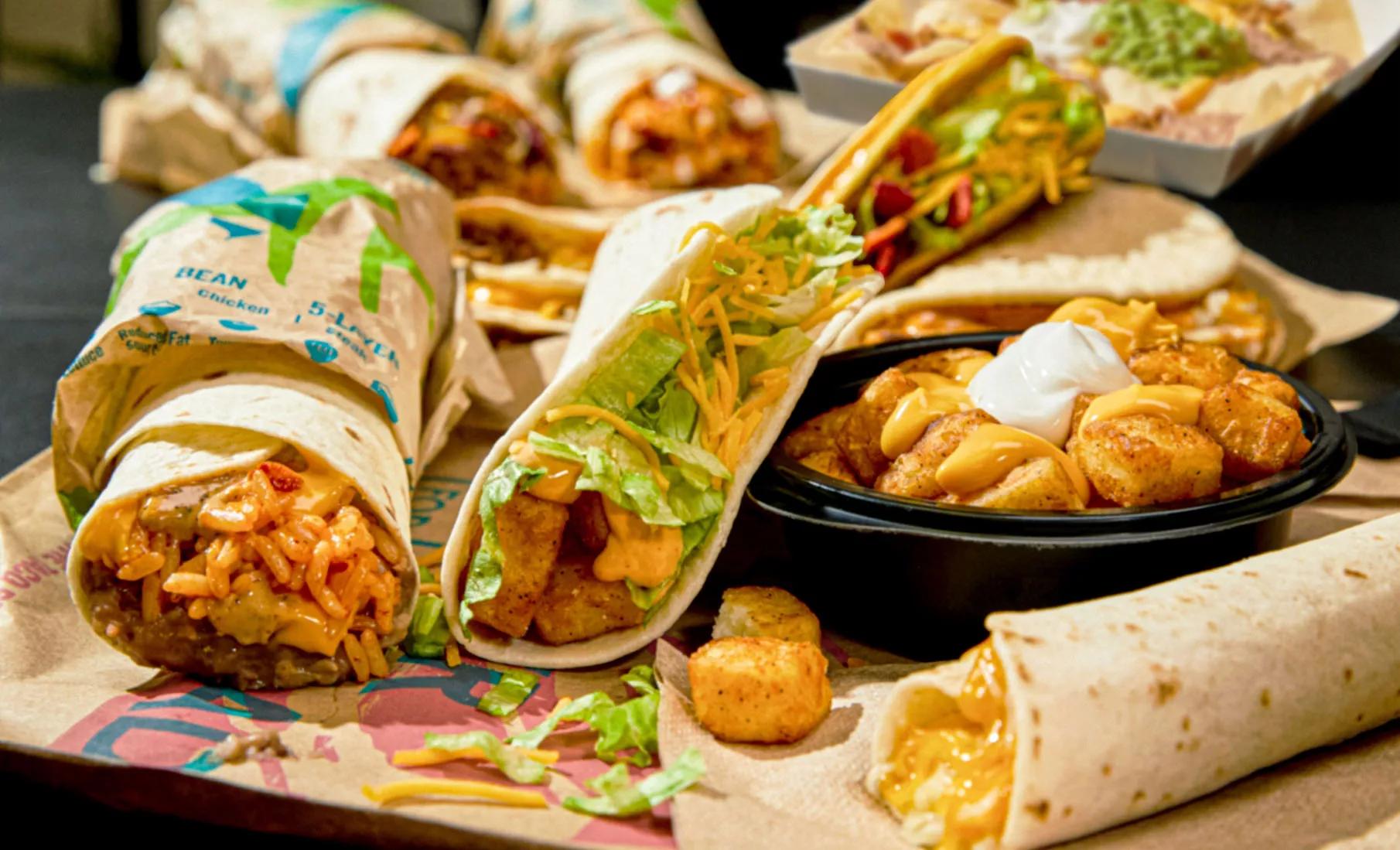
Taco Bell introduced the first value menu in 1988, offering items for just 59 cents. This concept revolutionized fast food pricing and prompted other chains to create their own value menus. Value menus made fast food even more accessible, especially to budget-conscious consumers.
The Global Expansion
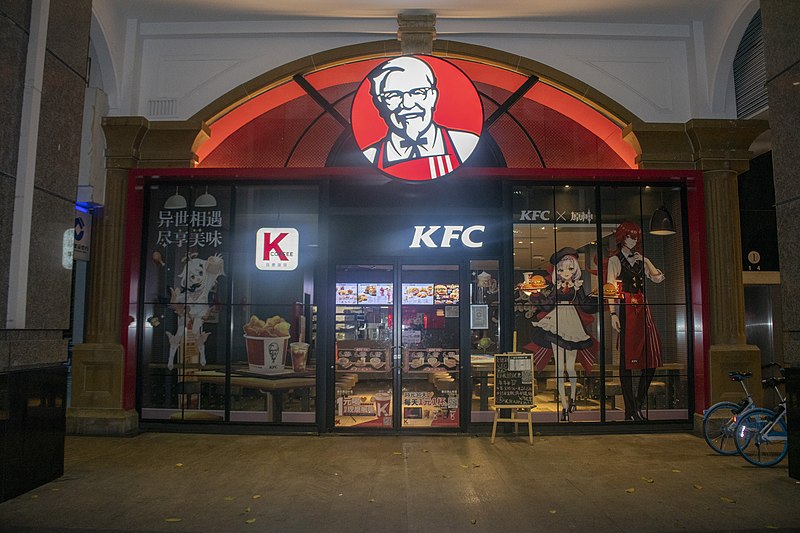
Fast food chains began their global expansion in the mid-20th century, adapting their menus to cater to local tastes around the world. McDonald’s, for example, offers the McAloo Tikki in India, a potato-based burger to appeal to vegetarian customers. KFC was the first Western fast food chain to open in China in 1987, paving the way for other chains to enter the market. This localization strategy helped fast food chains succeed in diverse markets and demonstrated their ability to thrive globally.
The Rise of Fast Casual
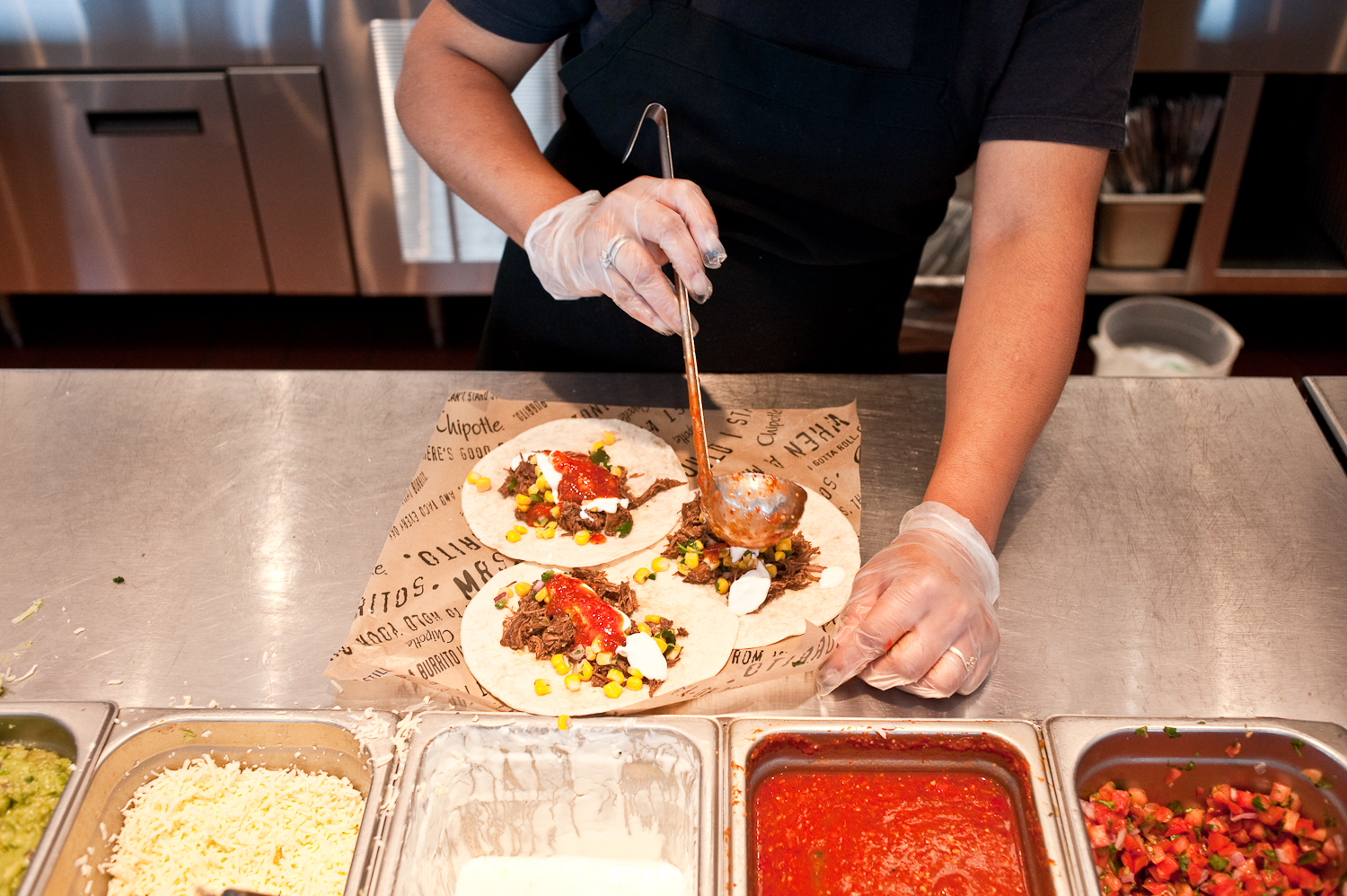
The fast-casual segment, blending fast food convenience with higher quality and healthier options, emerged in the 1990s. Chains like Chipotle and Panera Bread have become popular alternatives to traditional fast food. Fast-casual restaurants offer a more upscale dining experience without sacrificing speed and affordability.
This article originally appeared on RetailShout.
More From RetailShout
10 Fascinating Things You Didn’t Know About Whole Foods
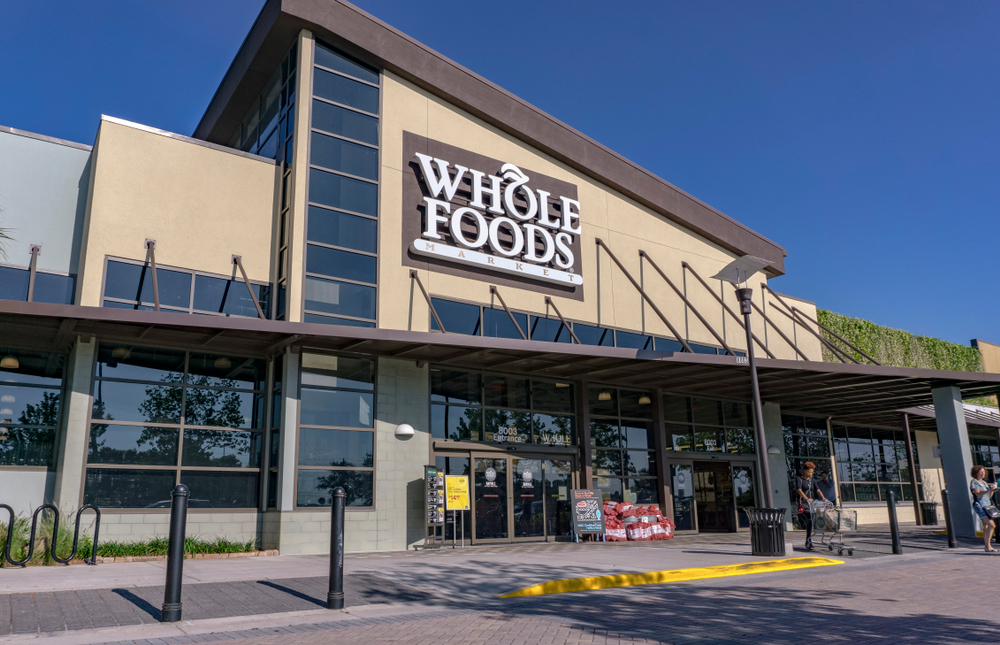
Whole Foods Market is more than just a grocery store; it’s a hub of innovation, sustainability, and unique offerings. Whether you’re a frequent shopper or someone who’s only heard about it in passing, there’s a lot more to Whole Foods than meets the eye. Read More.
12 Creative Projects You Can Make Using Food Coloring

Food coloring isn’t just for cakes and cookies. It’s a versatile tool that can transform everyday items into stunning creations. Read More.
12 Affordable Costco Finds You Didn’t Know You Needed (All Under $20)
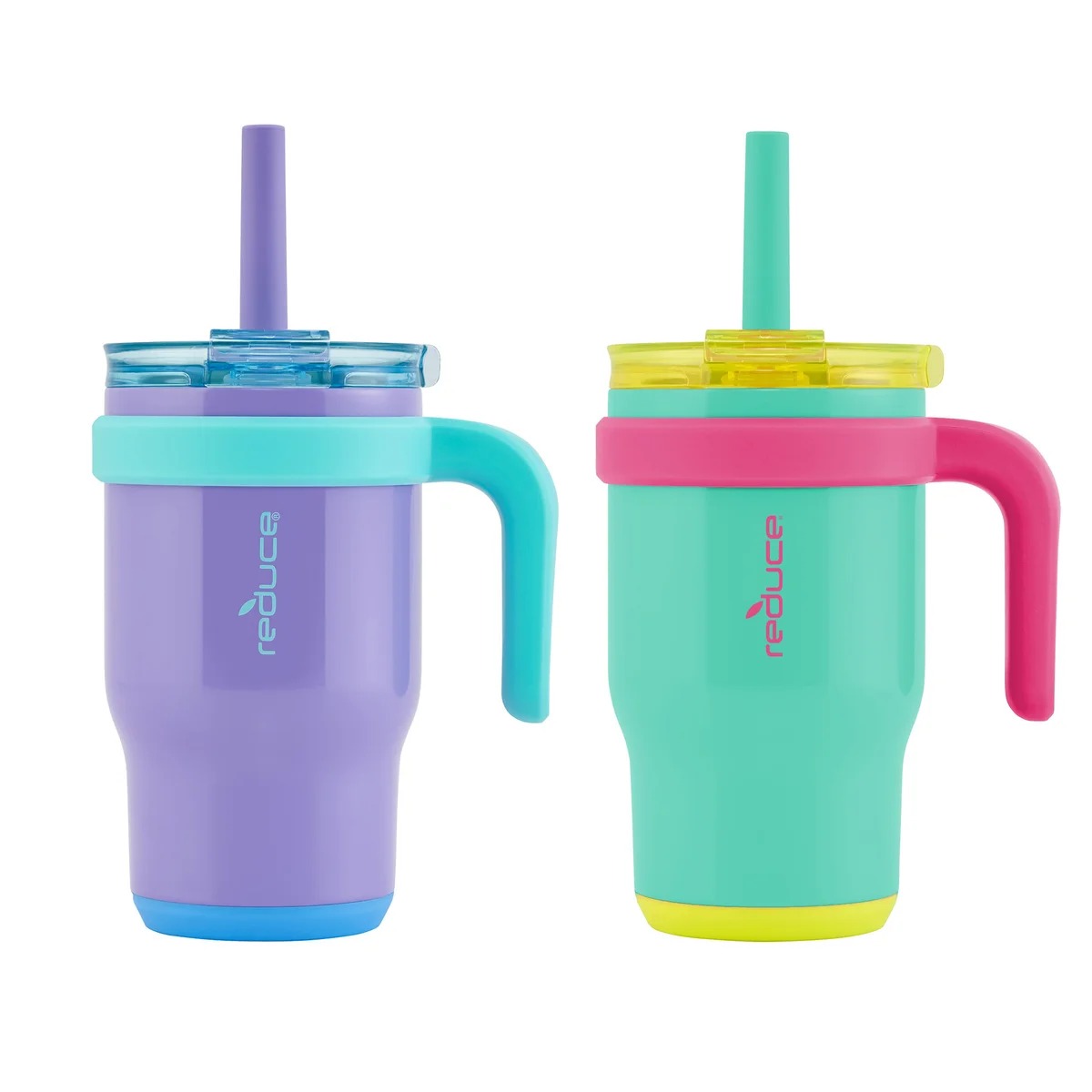
Costco is known for its amazing deals on bulk items, but sometimes the hidden gems are what make each shopping trip so exciting. There’s more to the aisles than just big-ticket items; tucked away, you’ll find some affordable treasures that cost less than $20. Read More.






